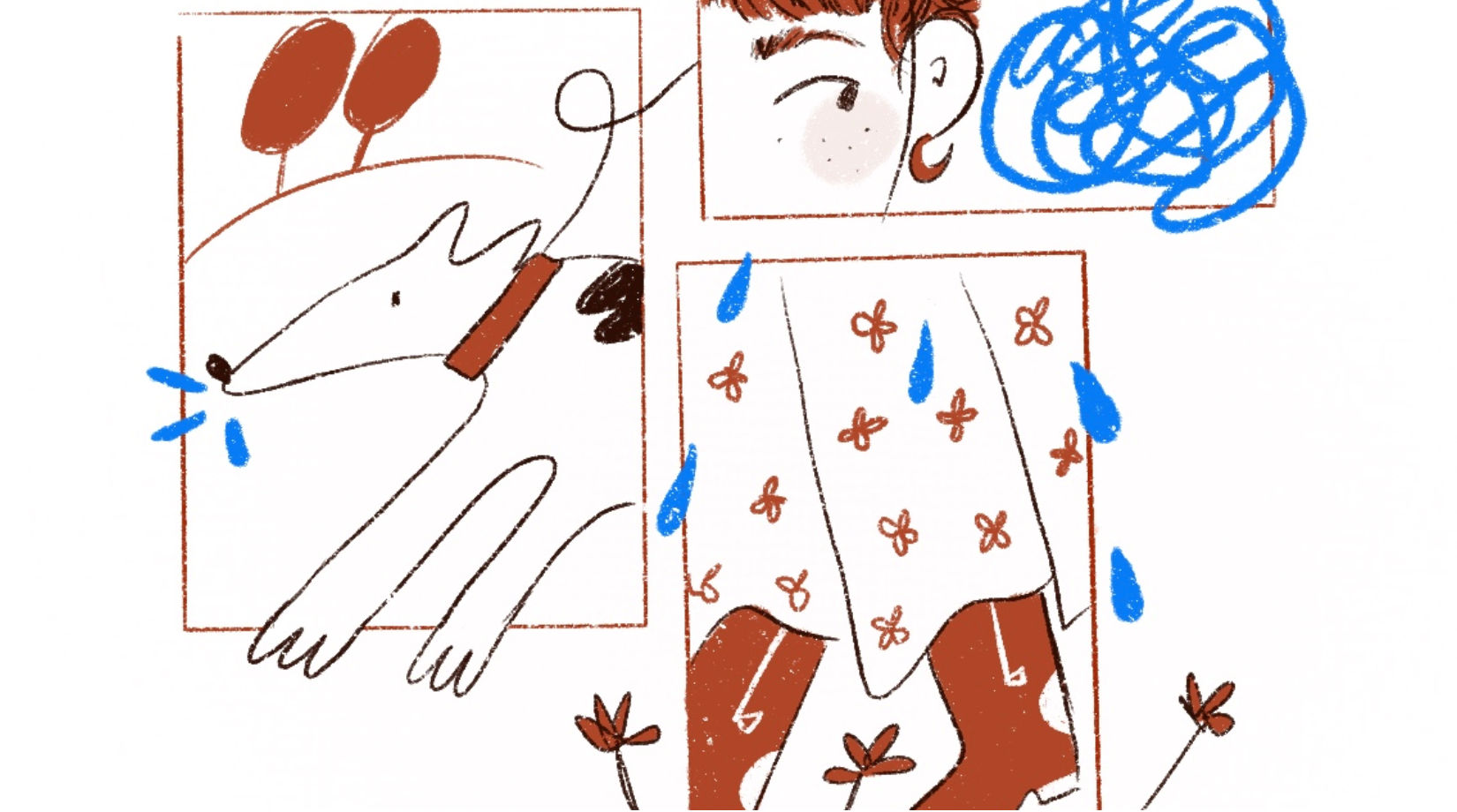Burning Out
It’s not that I don’t know what to do, or where to start. I just can’t bring myself to it.
It’s Monday morning, right after arriving at the office I open a brand new Illustrator file with a promising title. I stare at the white screen for a while, the white canvas staring back at me with excitement. I stare at the screen and then at my hand over the mouse. Time stops and nothing comes my way, my mind is completely blank. On a whim, I get up from my seat and go up the stairs in the hope of finding something to drink. “Is this a new tea?” I ask myself, as I enter the office again and find my way back to my seat as I chat with my coworkers about their weekend. Suddenly, I find myself talking again, “would it be too weird if I just start crying? Or maybe all I need is another peppermint herbal tea”.
Designers and other “creative” professionals have plenty of terms when it comes to creative clots or mental obstacles within the process of spinning the hamster wheel: creative block, getting in the “flow” or “zone”, momentum, the inspiration muse, and so on. But what happens when every inch of your body wants to get away dreading just to even start? It’s not panic, it’s a creative void of nothingness. In other words, ladies and gentlemen, let me introduce you to the Creative Burnout: the cousin of procrastination, the best friend of lack of rest, and the proud son and heir of this weird little thing called unchecked capitalism. It’s not that I don’t know what to do, or where to start. I just can’t bring myself to it.
Burnout has become one of those buzz words we see all the time in our social media timelines (“The epidemic of the Millennial Generation” the title of the article your mom just sent you through Facebook with a small note to please drink more water) to more serious articles in international newspapers and scientific journals. And for good reason: more and more of the Millennial and Z generations are working overtime or side-hustling for less pay than previous generations (I’m ready Boomers, come at me!). Furthermore, I cannot think of a single colleague of mine in design that doesn’t freelance outside of their nine to five job. We often tell ourselves it’s because we want to amplify our portfolio, that taking the gig will increase our networking opportunities in the future; or that we want a trip to the beach and that the extra cash will come in handy. We hardly admit (sometimes quietly to ourselves, hardly to others) that being a young adult in a big city is far from cheap, that being connected 24/7 through our phones is likely the main source of our collective anxiety and that saying no to others is pretty hard when you trying to get a name for yourself. Add the long-term psychological effects of the pandemic into the mix and voilá! You’ve got the perfect recipe for Creative Burnout.
Each of us crashes differently, however, some of the signs are quite common: Partial or total lack of interest in the work you used to enjoy, no project fulfills your creative needs, clumsy perfectionism where you stop to check at every step of the way but are too tired so it just fails, either becoming too emotional or too indifferent about feedback and finding it too hard to just relax. For me, the last one was key. I have mountains of books to read, playlists to listen to, heaps of movies to watch, and museums to go to but I just couldn’t stop staring at the white walls of my apartment for hours. I felt like the spark was gone. More importantly, what if it never came back?
It isn’t our project manager’s or boss’s fault either. We are all participants in this rat race after all, and to be honest, we as creatives (aka we as human beings) are not equipped with the best interpersonal communication skills from the get-go. We aren’t mind-readers, so maybe an email asking for an extra day to work on a certain project is a good place to start. Maybe asking for assistance on a task or a chat to vent out about workloads and project timelines might help too.
The truth is, I don’t have the solution (If I had it, I would have a New York Times bestselling book and not a blog post) but I have certain strategies that manage what I have control of: managing my resources as to not depend so much on freelance money, trying to establish sleeping patterns to avoid purple eye bags by twenty-six and finally learn the difference between “Yes, this will improve my portfolio” and saying “Not today Satan”. Of course that after being trapped in multiple projects I couldn’t get out of, I learned the hard way. I know for a fact it’s not an easy process, I find myself still working on it, but remember it’s just a job. You will have plenty of those, but a life? Tough shit, we only get one per lifetime.



